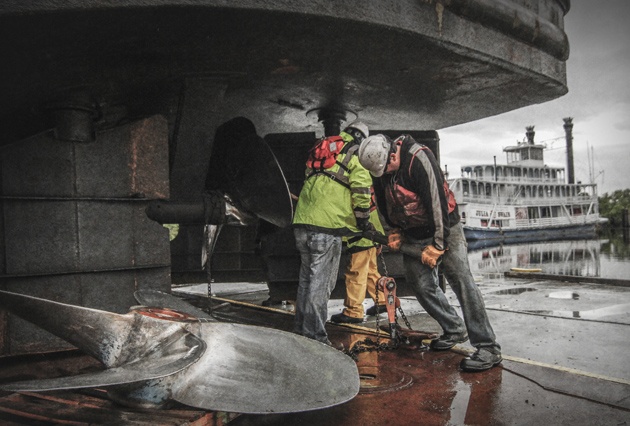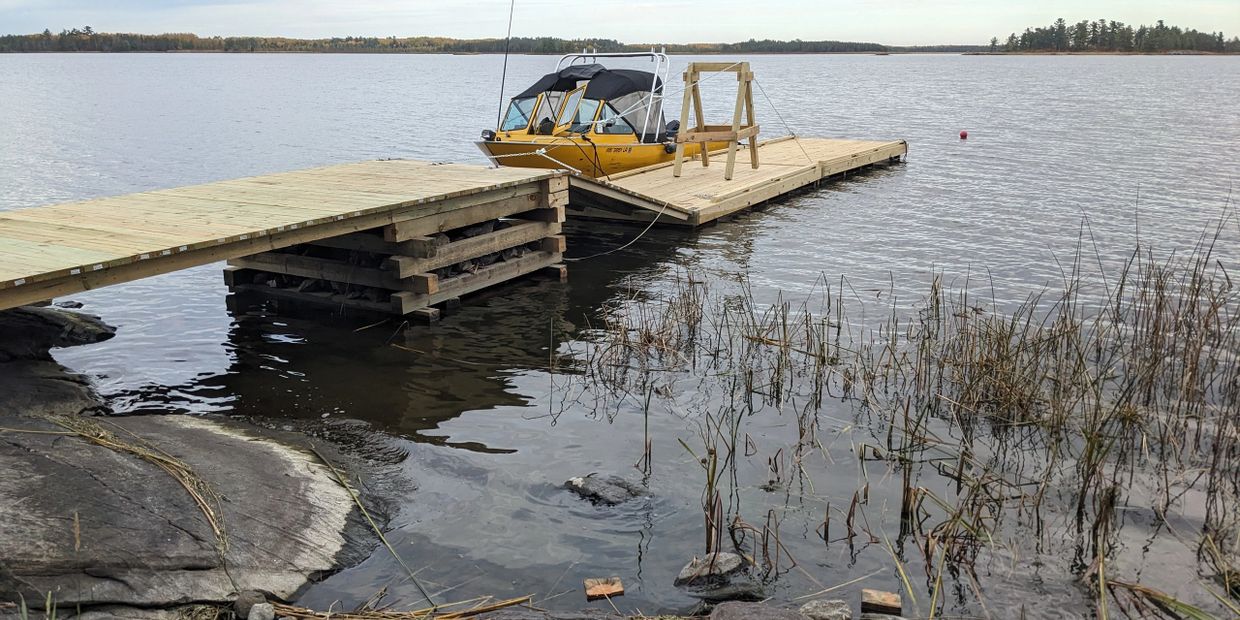Why Normal Upkeep Can Minimize Future Dock Repairs
Why Normal Upkeep Can Minimize Future Dock Repairs
Blog Article
Reliable Dock Fixing Techniques: Making Certain Architectural Stability
Guaranteeing the architectural integrity of anchors via efficient repair techniques is vital for the long life and safety of aquatic centers. Subsequently, choosing the appropriate repair materials, such as corrosion-resistant alloys and composite products, is vital for resilience.
Examining Dock Damages
Assessing dock damages is a critical first step in making certain the architectural stability and security of any type of docking facility. Key aspects to examine consist of the dock's structure, pilings, outdoor decking, and equipment (Dock Repairs).
Structural engineers or qualified assessors typically carry out these assessments making use of specialized strategies and devices. Undersea examinations could utilize sonar tools or remotely operated automobiles (ROVs) to discover submerged damages. Above water, visual examinations are matched by utilizing dampness meters and other analysis tools to uncover underlying concerns not right away visible to the naked eye.

Finding Repair Materials
Choosing the proper fixing products is a pivotal action in the dock repair procedure, one that straight influences the longevity and performance of the repaired structure. Material option must be driven by factors such as environmental problems, load-bearing demands, and compatibility with existing dock elements. Wood is a conventional choice for docks due to its all-natural strength and aesthetic appeal. However, picking the appropriate kind of wood, such as pressure-treated lumber or normally rot-resistant types like cedar or teak, is vital to endure aquatic settings.
Along with timber, composite products are progressively preferred because of their sturdiness and low upkeep requirements. Composites, typically made from a mix of plastic and timber fibers, provide superb resistance to rot, bugs, and UV damages. For metal anchors, choosing corrosion-resistant alloys such as galvanized steel or marine-grade light weight aluminum is vital to stop rust and make sure architectural stability in saline water conditions.
Epoxy resins and marine-grade sealants are indispensable for repairing cracks and securing joints, offering a water-proof barrier and enhancing the dock's general toughness. By diligently selecting premium products, dock fixings can attain long-lasting results, thus protecting against future deterioration and making certain secure, reliable use.
Structural Reinforcement Techniques
Effective structural support strategies are essential in making certain the security and durability of dock repair work. This method is particularly reliable for docks subjected to heavy lots or extreme environmental conditions.
An additional necessary method is the application of fiber-reinforced polymers (FRP) These materials supply high strength-to-weight proportions and exceptional resistance to rust, making them perfect for enhancing wood or concrete anchors. FRP can be used in sheets or strips and adhered with epoxy resins to improve structural honesty.
Supporting and anchoring systems also play an important role in structural support. Cross-bracing, utilizing metal or wood beam of lights, can counteract side forces, reducing guiding and activity. Securing systems, such as helical piers or driven stacks, offer a secure foundation by moving loads to much deeper, more secure soil layers.
Finally, the integration this contact form of load-distribution plates can assist distribute weight a lot more evenly across the dock's surface, minimizing localized anxiety factors. These techniques jointly ensure that docks continue to be durable and safe, capable of standing up to the roughness of their operational atmosphere.
Advanced Fixing Methods

An additional advanced technique entails underwater welding, which enables repairs to be conducted without the requirement to dewater the area. This approach is specifically useful for addressing structural problems in submerged dock components, ensuring marginal disturbance to procedures. Improved welding techniques, paired with robot systems, provide precision and integrity, consequently prolonging the lifespan of the dock.
In addition, cathodic defense systems are executed to avoid corrosion in metal dock structures. By utilizing sacrificial anodes or satisfied present systems, these techniques properly alleviate the electrochemical processes that bring about product deterioration.
Last but not least, progressed monitoring modern technologies, such as structural wellness tracking (SHM) systems, offer real-time information on the condition of dock structures. These systems allow proactive upkeep and timely treatments, ultimately making certain the long-lasting architectural stability of the dock.
Upkeep and Avoidance
Maintenance and avoidance are essential principles that underpin the durability and safety of dock frameworks. Regular assessments are paramount, permitting very early detection of damage, potential weak points, and environmental influences. A positive method, entailing routine look for rust, rot, and architectural shifts, alleviates costly repair services and lengthens the dock's operational life.
Safety nets ought to consist of using protective layers to metal elements to defend against corrosion and making use of treated wood to withstand degeneration. In addition, ensuring appropriate drain and air flow can protect against water buildup, which is a common reason for structural deterioration. Including quality materials and adhering to maker standards throughout building and construction and fixing stages also play vital duties in enhancing resilience.

Training employees in dock upkeep best practices makes certain constant application of precautionary steps. Leveraging technical breakthroughs, such as drones for examinations and sensing units for real-time monitoring, can further boost maintenance initiatives. By focusing on maintenance and avoidance, dock owners can ensure architectural integrity, functional security, and cost-effective monitoring over the dock's lifespan.
Verdict
In final thought, maintaining the architectural integrity of aquatic facilities requires comprehensive dock repair service techniques. Detailed evaluations making use of sophisticated devices uncover both noticeable and hid damages, while the option of appropriate repair service materials improves durability. Carrying out architectural reinforcement techniques addresses stress and anxiety points successfully. Advanced repair methods, paired with regular maintenance techniques, make sure the dock continues to be operational and secure under varied environmental conditions. Embracing these approaches considerably lengthens the life-span and functionality of marine facilities.
Guaranteeing the structural stability of docks with efficient repair service methods is vital for the long life and safety and security of aquatic centers.Choosing the suitable repair service materials is a critical step in the dock restoration process, one that directly affects the long life and efficiency of the fixed framework.Efficient structural reinforcement strategies are essential in making certain the stability and longevity of dock fixings. By focusing on upkeep and prevention, dock proprietors can make certain architectural stability, operational safety and security, and cost-efficient administration over the dock's lifespan.
In conclusion, keeping the architectural integrity of aquatic centers necessitates thorough dock repair service methods.
Report this page